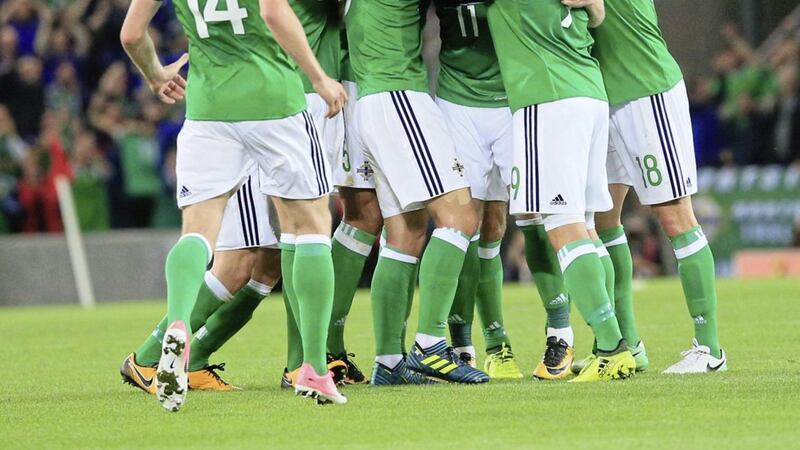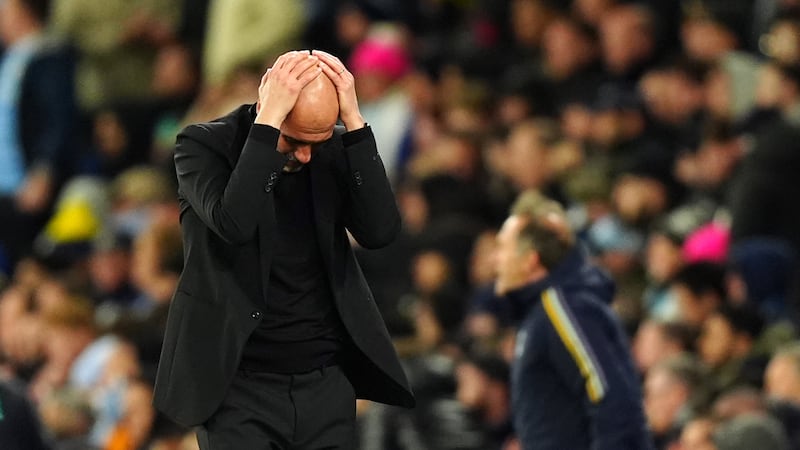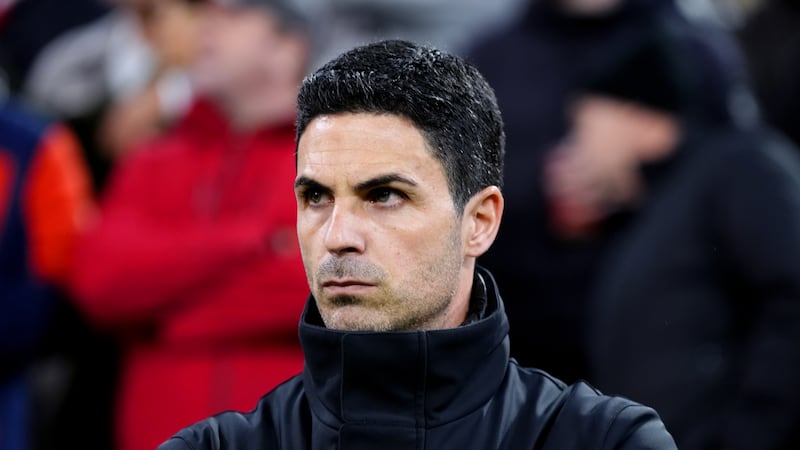NORTHERN Ireland's focus may be on reaching next year's World Cup, but they could be mixing it with top teams next autumn too in the new Uefa Nations League.
Monday October 16 will be a red letter day in diaries for confirmation of the World Cup European play-off seedings – but five days earlier will also be very interesting.
Wednesday October 11 is the day that Uefa will publish their 'national team co-efficients', which will decide the make-up of the new Uefa Nations League.
Northern Ireland's recent rise through the rankings (the latest Fifa version, to be published today, should see them in the top 20 for the first time ever) could lead to them playing against some of the top teams in Europe in the new competition, which will begin in autumn 2018.
Opponents could include World Cup-holders Germany, European champions Portugal, the predecessors to both those trophy-winners, Spain, plus England, France, Italy, or Belgium, among others.
The 55 participating Uefa teams will be split into four Leagues, A, B, C, and D, according to their strength, and Michael O'Neill's men are currently close to making the top 12, placed 14th in Uefa's rankings system, not far behind Wales and Russia in terms of points.
As it stands, Northern Ireland will be in the 12-team League B along with the Republic of Ireland, who are currently 22nd in this table.
Both Irish teams could even be pitted against each other in one of the four three-team groups into which League B will be split.
At present, possible opponents for the two teams from Ireland include Russia, Slovakia, Sweden, the Netherlands, Ukraine, Bosnia & Herzegovina, Austria, Turkey, Denmark, and Hungary.
It's unlikely that Martin O'Neill's team will slide out of that second section into League C, although it would still be fairly competitive, likely to include Serbia, Scotland, the Czech Republic, Greece, Israel, and Norway among its 15 participants.
The prize for the ultimate winners of each of the four Leagues is a place at Euro 2020, with 20 more places to be decided in 10 qualifying groups to take place in 2019, with winners and runners-up automatically going through to the finals tournament.
The Nations League matches will be played over six match-days in September, October, and November 2018, followed by play-off matches in March 2020, by which time 20 of the Euro 2020 participants will have been decided through the qualifiers in 2019.
Uefa sees the Nations League as an improvement on friendlies, stating: "Supporters more than most realise that most friendlies fail to deliver competitive and meaningful football.
"Now they will have the opportunity to see their teams play in more competitive matches, take part in a new competition and get a second chance to qualify for the major tournaments.
"In every even year there are World Cup or UEFA EURO winners; now in every odd year there will be a UEFA Nations League champion.
"Football is about competition and now, just like in club football, there will be a national team champion at the close of every season.
"There will certainly be fewer friendly internationals and undoubtedly fewer meaningless friendlies.
"However, there will still be space in the calendar for friendly internationals – particularly warm-up matches for final tournaments. UEFA is also keen that European teams still have the chance to play opponents from other confederations.
The interim rankings would leave the 2018 Uefa Nations League looking as follows:
LEAGUE A (teams to be split into four groups of three):
Germany, Portugal, Belgium, Spain, Switzerland, France, England, Italy, Poland, Croatia, Iceland, Wales;
LEAGUE B (teams to be split into four groups of three)
Russia, Northern Ireland, Slovakia, Sweden, Netherlands, Ukraine, Bosnia and Herzegovina, Austria, Turkey, Republic of Ireland, Denmark, Hungary;
LEAGUE C (teams to be split into one group of three, and three groups of four)
Slovenia, Albania, Montenegro, Serbia, Scotland, Czech Republic, Romania, Greece, Bulgaria, Israel, Norway, Cyprus, Finland, Estonia, Azerbaijan;
LEAGUE D (teams to be split into four groups of four)
Lithuania, Belarus, Georgia, Armenia, FYR Macedonia, Faroe Islands, Luxembourg, Latvia, Moldova, Kazakhstan, Liechtenstein, Andorra, Malta, Kosovo, San Marino, Gibraltar.







